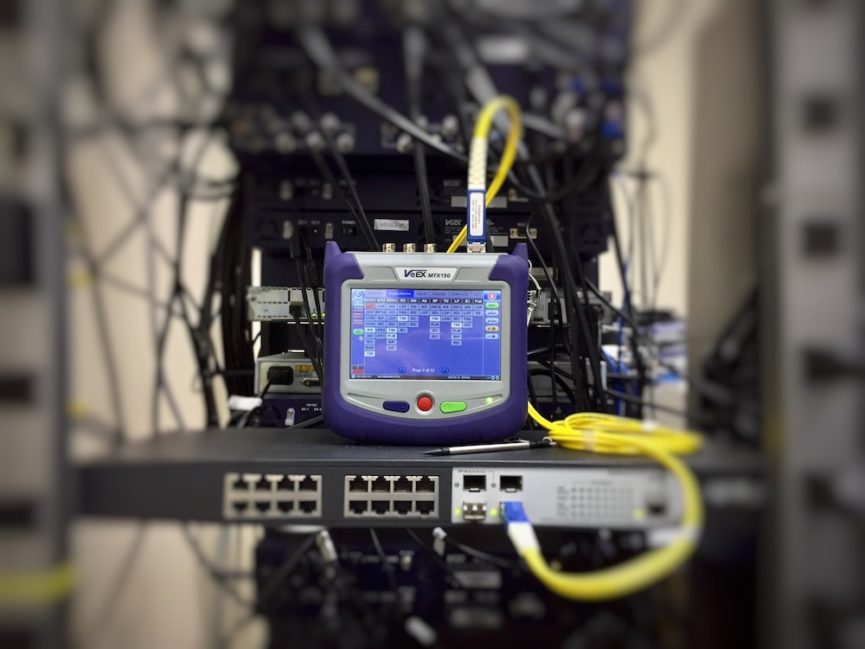There really is no way to overstate the cyberthreat environment small and medium-sized businesses find themselves in today. Attacks are up across the board (and not just for large enterprises). The tools hackers are using are both more advanced and more pernicious… all while being more widely available. Now, this shouldn’t come as that big of a surprise to anyone nominally interested in the health and safety of their company’s digital infrastructure. But what do you do about it (especially if you’re not a cybersecurity professional on your own merits)? That’s where SIEM comes in.
What is SIEM and why is it important?
Historically, first-order cybersecurity defenses had two flavors — monitoring and management. Security Information Management (SIM) is what it sounds like; it’s the systems and processes organizations set up to monitor their security environment. SIM is primarily concerned with identifying and logging threat vectors and possible intrusions.
Security Event Management (SEM) on the other hand is what you do after you’ve identified and logged an attack or incursion. It’s how you respond to and, yes, manage the event.
SIEM is the natural progression of cyberdefense — the combination of SIM and SEM into SIEM (Security Information & Event Management). By combining information management and event response into one platform and protocol, organizations can more readily recognize potential security threats and vulnerabilities before they can disrupt business operations.
SIEM “surfaces user behavior anomalies and uses artificial intelligence to automate many of the manual processes associated with threat detection and incident response,” according to IBM. It has matured beyond the “log management tools that preceded it. Today, SIEM offers advanced user and entity behavior analytics (UEBA) thanks to the power of AI and machine learning. It is a highly efficient data orchestration system for managing ever-evolving threats…”
How does SIEM work?
At their core, all SIEM solutions perform some level of data aggregation, consolidation and sorting, working together to identify threats. These usually involve three stages.
Log management: A cutting-edge SIEM platform ought to log and collect flow data from users, applications, assets, cloud environments and networks. After collecting and logging, the information ought to be stored and analyzed in real-time, giving IT and security teams the ability to automatically manage their network’s event log and network flow data in one centralized location.
Event correlation and analytics: Collecting and logging data is all well and good, but if it doesn’t include advanced analytics, your organization is only capturing one piece of the puzzle. “Utilizing advanced analytics to identify and understand intricate data patterns, event correlation provides insights to quickly locate and mitigate potential threats to business security,” according to IBM. “SIEM solutions significantly improve mean time to detect (MTTD) and mean time to respond (MTTR) for IT security teams by offloading the manual workflows associated with the in-depth analysis of security events.
Incident monitoring and security alerts: When the information collection and analysis is combined into one streamlined process, the next order of business is threat mitigation. By using customizable, predetermined correlation rules, security administrators can receive immediate alerts and take appropriate actions to mitigate a threat before it has the chance to metastasize into a more significant incursion.
How we protect our clients
Learning about SIEM is all well and good, but how do you leverage it to protect your small or medium-sized business if you’re not a cybersecurity expert?
That’s where we come in.
Trusting your IT environment to a managed service provider like Leverage Technologies allows you to focus on what you actually do best — running your business — while gaining the confidence and peace of mind that trained professionals are watching your back 24/7/365.
For us, we utilize the best-in-class SIEM platform provider Perch, which is a subset of ConnectWise. Perch Network Threat Detection features easy implementation and integration with full network visibility, all without breaking your bank. It’s a co-managed threat detection and response platform that’s also backed by an in-house security operations center.
What that means for you is that you get both Leverage and Perch watching your back at all times. And when things escalate to a true threat or potential incursion, Perch has a state-of-the-art security operations center you can lean on to remediate and mitigate any threats. You’re not left alone trying to figure out how to protect yourself or recover after an attack. You have two expert partners ready to jump to your aid.
If a SIEM approach to your security sounds like something your business might be missing, give us a call. We’d love to chat about how we could make your company more safe and secure.


Dive straight into the feedback!Login below and you can start commenting using your own user instantly